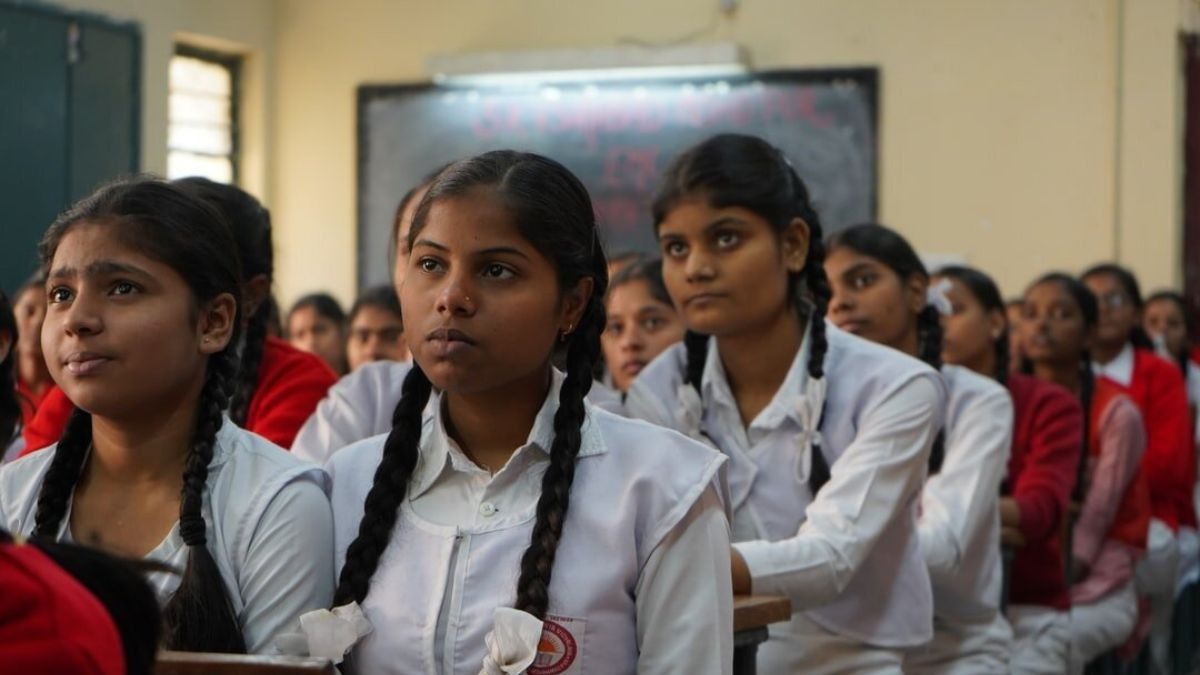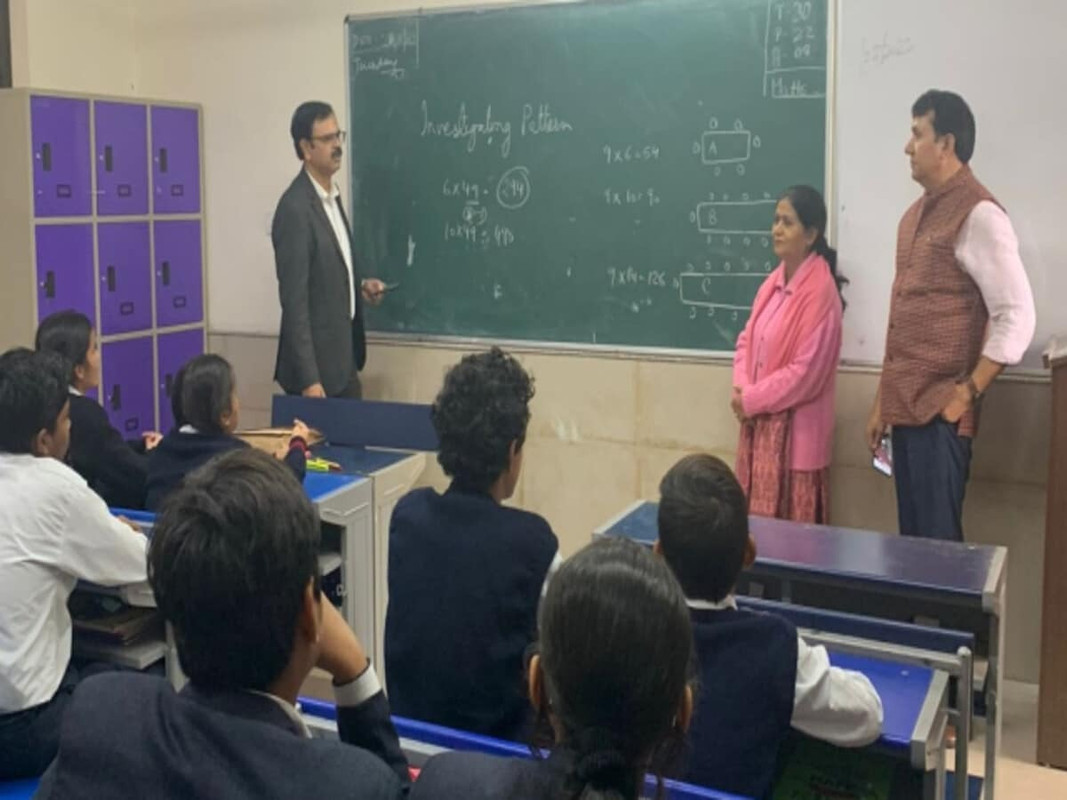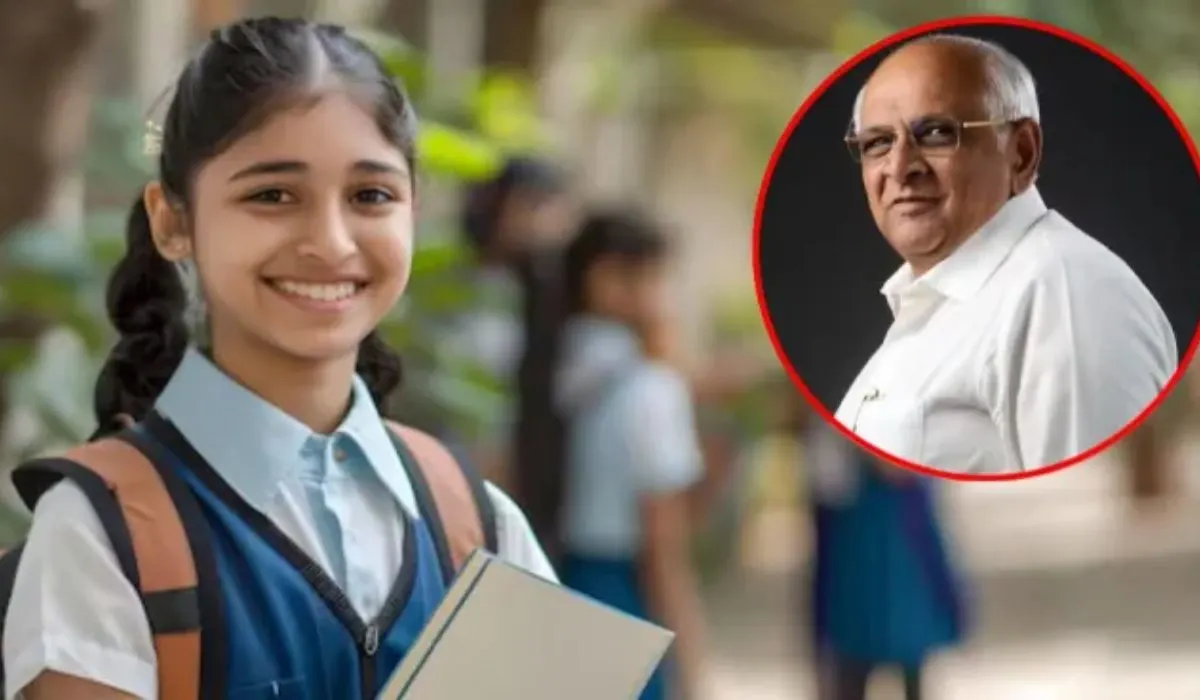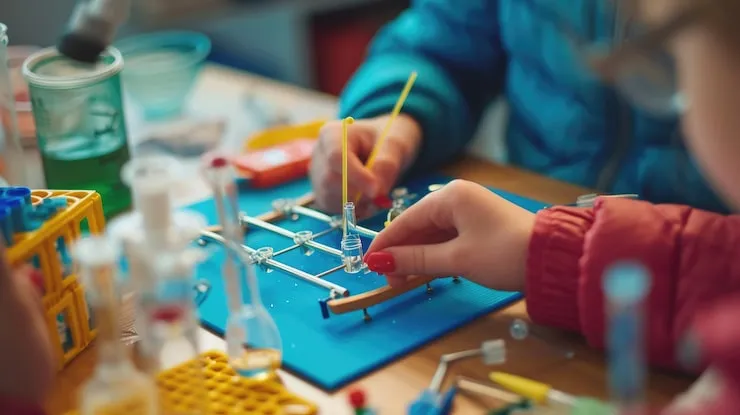You remember those science classes from school, right? The ones where you were supposed to learn about electricity or the solar system... but mostly just copied diagrams from the blackboard? Right, that’s still happening. In a lot of schools. Especially government ones. Labs are locked, experiments skipped, kids bored out of their minds. Now Gujarat says, “No more.”
So here comes something new—Namo Saraswati Yojana. 250 crore has been set aside. That’s not a small change. It’s a proper push. A proper chance for schools to start doing science... not just reading it.
What is This Scheme Really About?

This isn’t the work of any textbook or a science magazine. This is about labs, actual working science labs in thousands of schools. It’s about teachers getting trained properly, not just reading out answers. It’s about letting kids try to build new things, break those, and ask weird questions. The scheme is meant for classes 6 to 12, and the goal is simple—make science real again.
Where’s This 250 Crore Going?
It’s being split up. Some of it’s going toward:
- Building science labs in schools that don’t have any
- Sending mobile lab vans to villages where a full lab can’t be built
- Training teachers—not boring seminars, but hands-on stuff
- Making kids enter science fairs, quiz events, all that fun stuff
Even some basic stuff, like wiring, tubes, models of the heart or atom. Stuff that should’ve already been in classrooms, but... wasn’t.
The Problem Till Now? Boring, Empty Science
Let’s be honest. For many kids, science class was just another period to sit quietly. No experiments. Just chalk. Maybe some yellowed charts hung on the walls. That’s it. So how are kids supposed to love physics or biology? They’ve never seen it come alive. Namo Saraswati wants to change that. It’s not promising kids will become scientists. But it’s saying, “Let’s at least teach them science like it’s meant to be taught.”
Science Vans are a very newly launch thing
Some schools are too far off, too small for a full lab. So the state is sending in mobile labs. Vans that show up with microscopes, models, little devices. Teachers do demos, let kids try stuff out. Imagine you’re a 13-year-old in a dusty village school, and one day, this van shows up with stuff that lights up, spins, and actually works. You remember that. That kind of thing sticks.
Teachers Are Relearning, Too

Funny thing—turns out, even teachers didn’t always get to do science in school. They just read it. So now, the scheme has these training sessions. They’re not PowerPoint lectures. Teachers are playing with magnets, building circuits, making baking soda volcanoes. One teacher said, “I never touched a real model of the human body before this. Now I explain digestion using one in class.” That’s what the 250 crore is buying. Not just kits. Confidence.
Kids Are Tinkering. That’s New.
Some schools have started Tinker Corners—tiny spaces with wires, batteries, kits. Kids mess around, make fans, solar lamps, little gadgets. It’s messy. Some things work, some don’t. But it’s fun. And for once, kids don’t get punished for asking too many questions.
Girls in Science?
This might be the best part. Girls are getting into it. In some places, they’re leading the projects. One group of girls made a water filter using cotton, sand, and a bottle. That’s huge when you come from a place where girls were told to “sit quiet” in science class. Now? They’re standing up, presenting in school science fairs. Building a lot of things. Getting curious.
Parents Are Noticing
In tribal belts, in towns, even in city slums, parents are watching their kids talk about gravity, circuits, photosynthesis. Stuff they never talked about before. Some schools are inviting parents once a month. The kids show off models. Demos. Skits. One father said, “My son taught me how solar energy works. I didn’t even know what it was.” That’s the kind of education that spreads.
Read more:- Namo Lakshmi Yojana: 1250 crore for Girls’ Education in Gujarat
It’s Not Perfect—But It’s a Start
Yeah, there are problems. Of course there are.
- Some labs haven’t arrived yet.
- Some vans are delayed.
- Some teachers are still unsure.
- Some rural kids still don’t get full science periods.
Why is it named as “Saraswati”?
Saraswati, the goddess of learning. It makes sense, right? This isn’t a tech scheme. It’s not a shortcut to jobs. It’s about curiosity. About helping kids learn how to think, not just how to pass. And honestly? In today’s world—fake news, AI, scams, climate stuff—teaching real science might be the best thing we can do.
Big Picture: What Happens If This Works?
A kid from a small village in Kutch might build a windmill model. A girl in Sabarkantha might fix a solar light. A class in Anand might code a mini robot. Not all of them will become engineers. That’s not the point. The point is: they’ll know how things work. They’ll learn to ask “why?” and “what if?” And that’s a powerful thing. 250 crore. Big number, yes. But the real win? A classroom where kids get up and ask questions, Where science isn’t fear, but fun, Where teachers learn, too, Where a girl builds a battery-powered fan and says, “I did that”.













